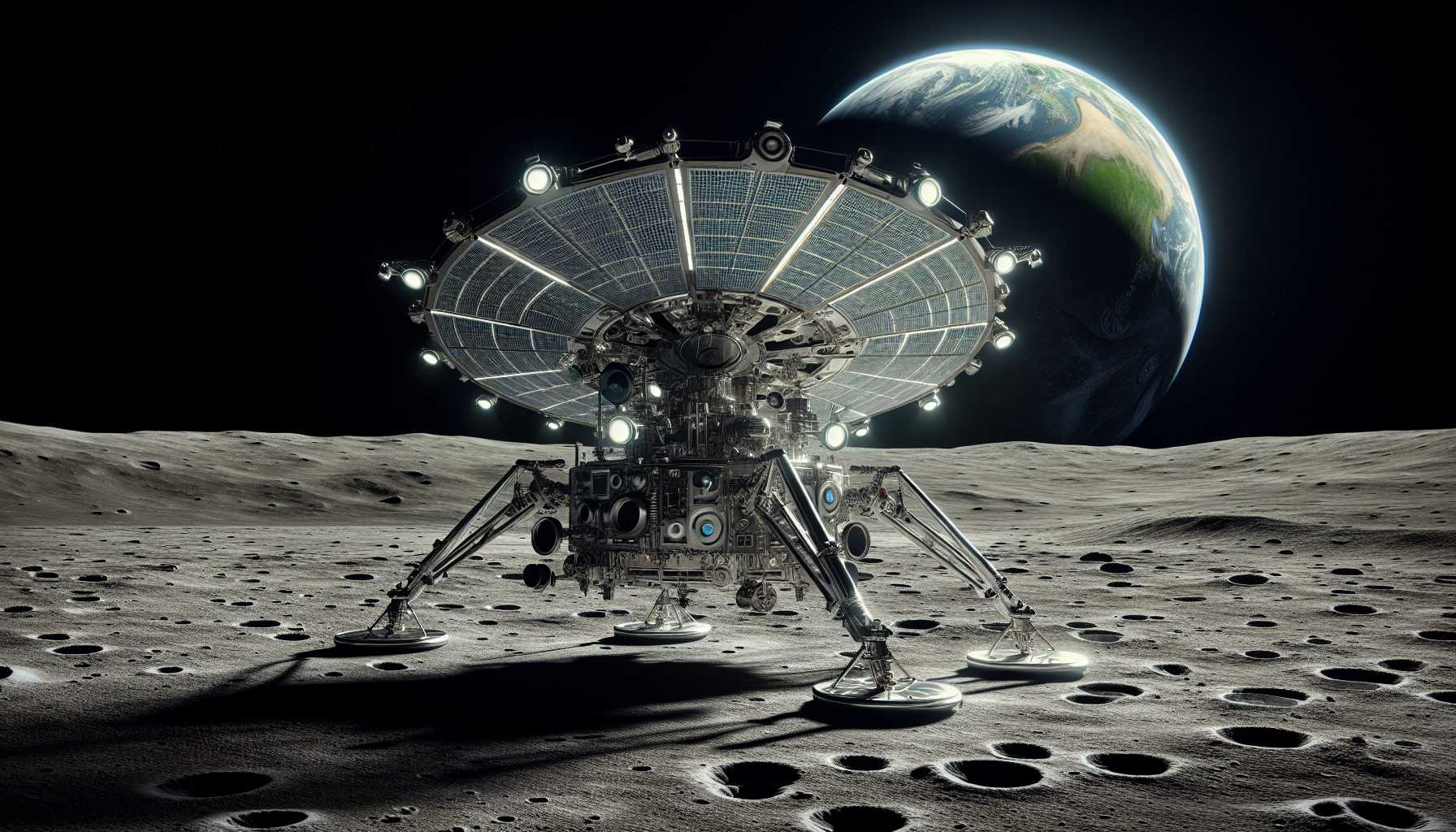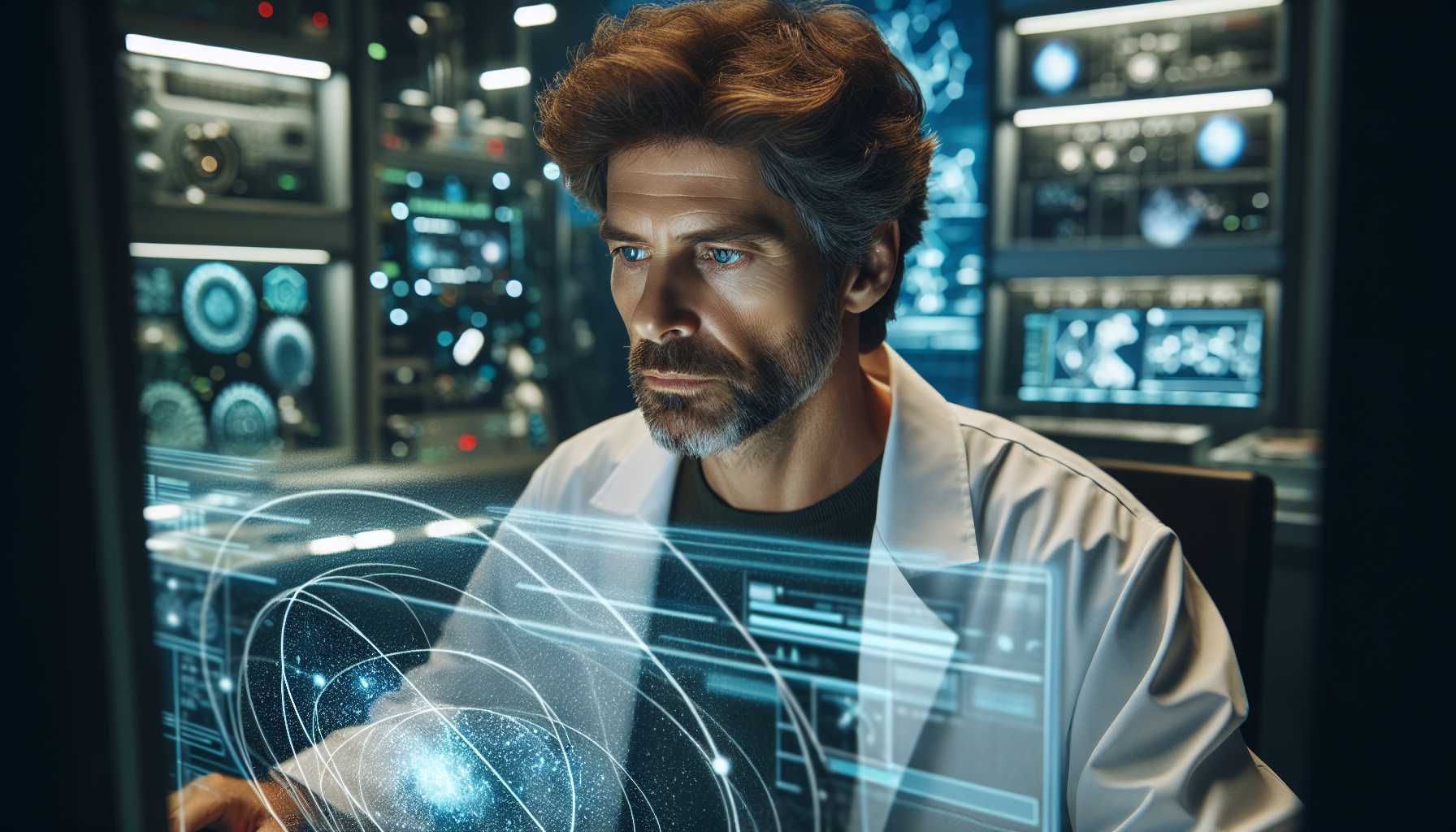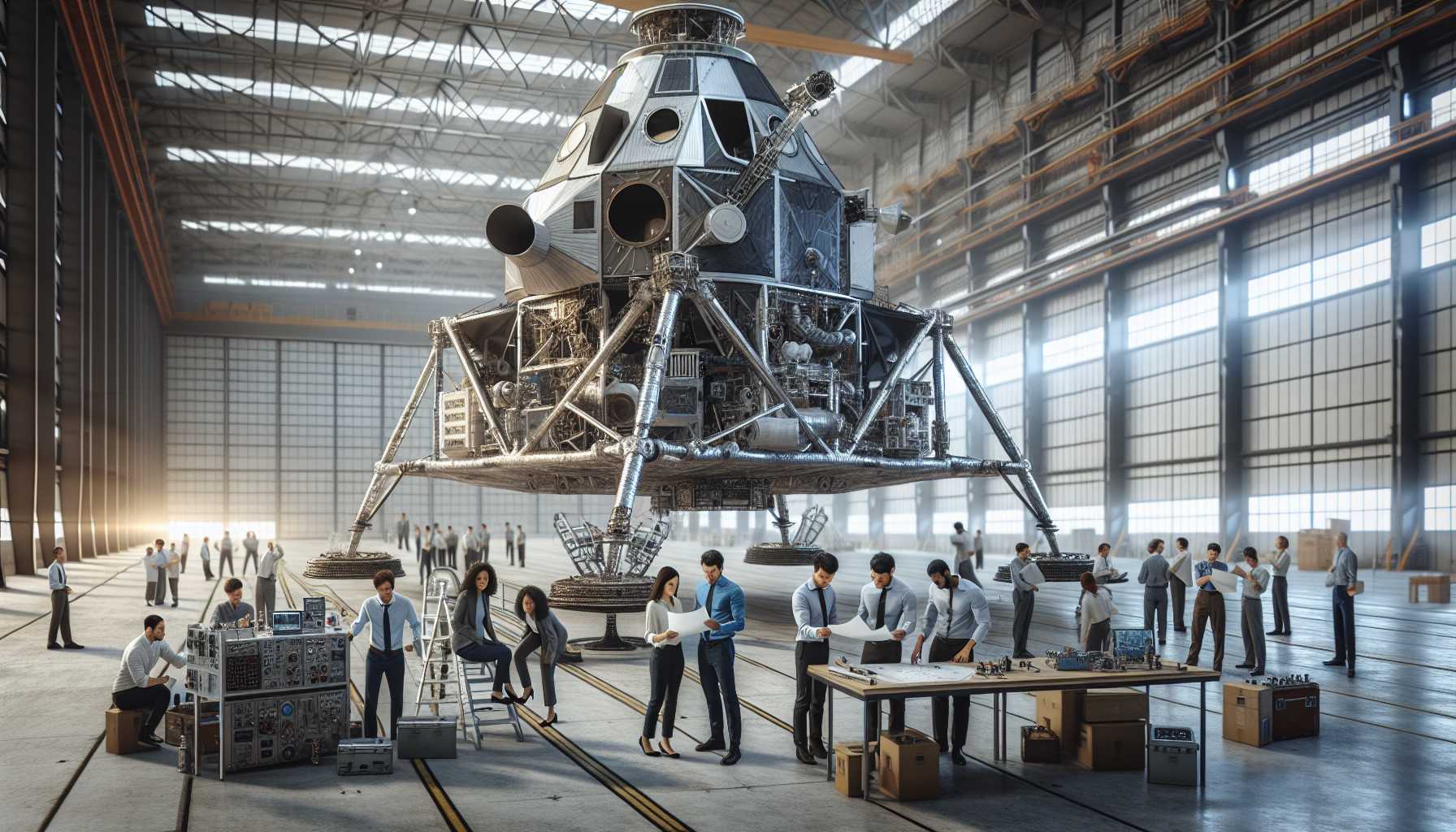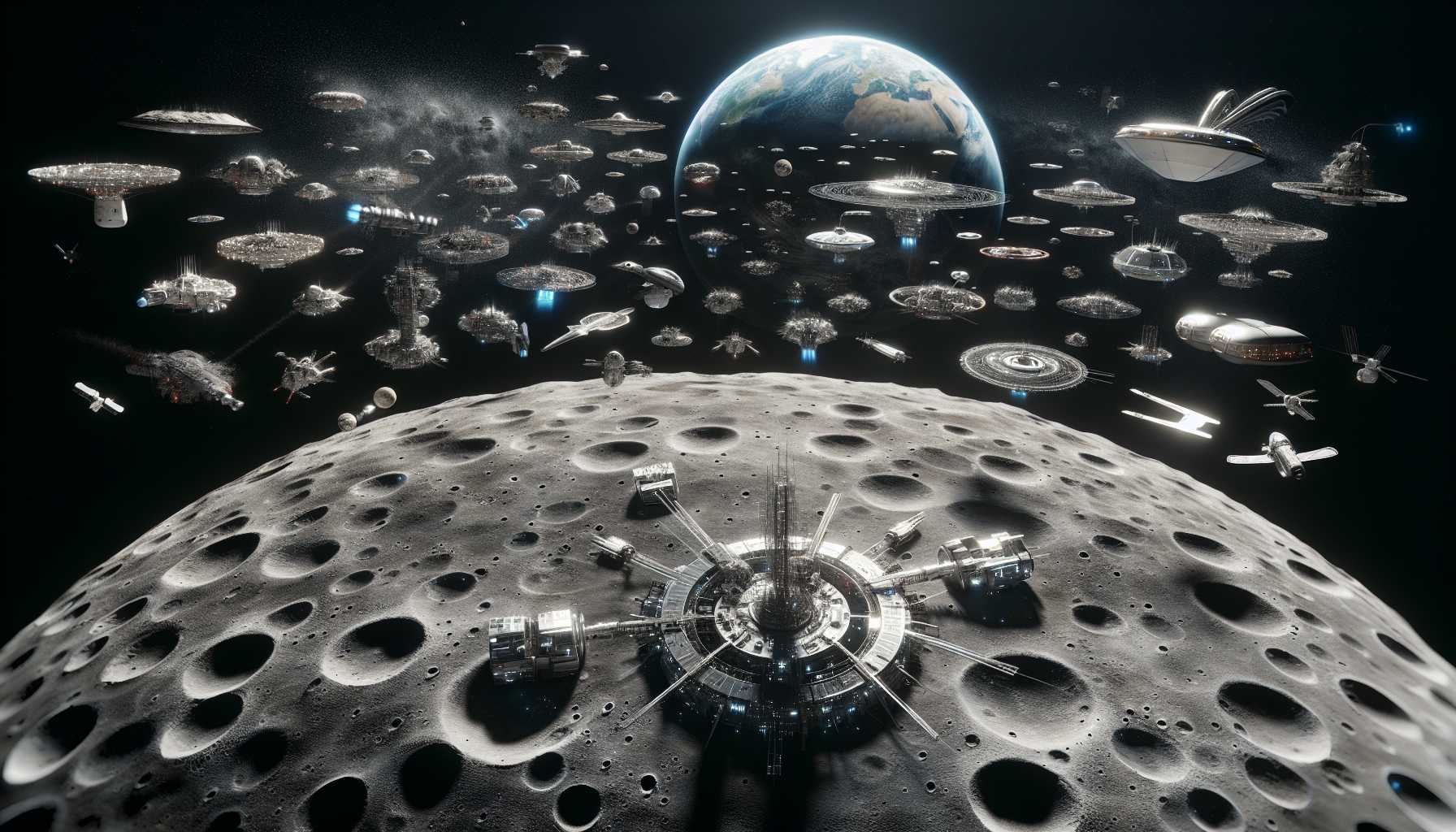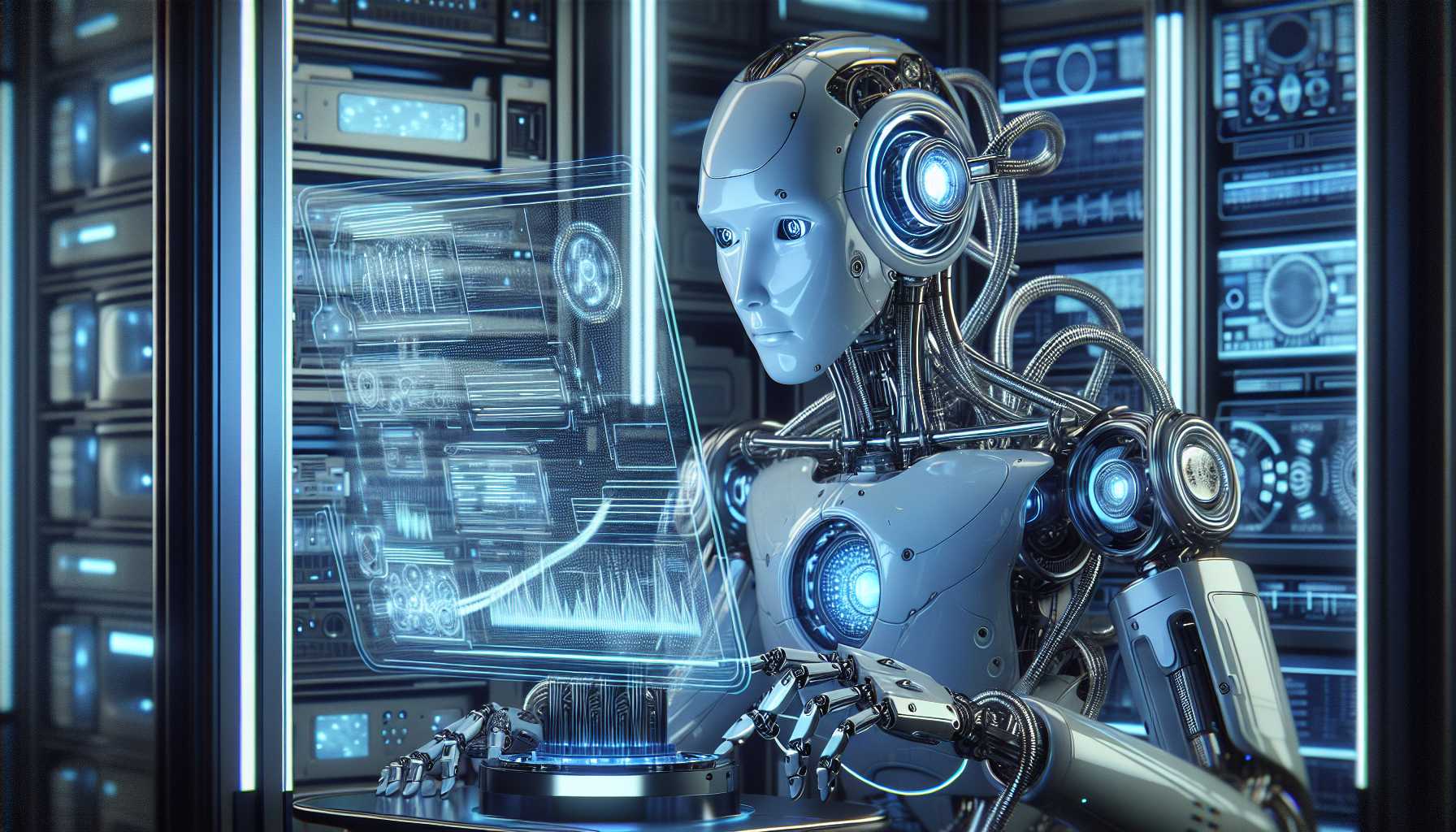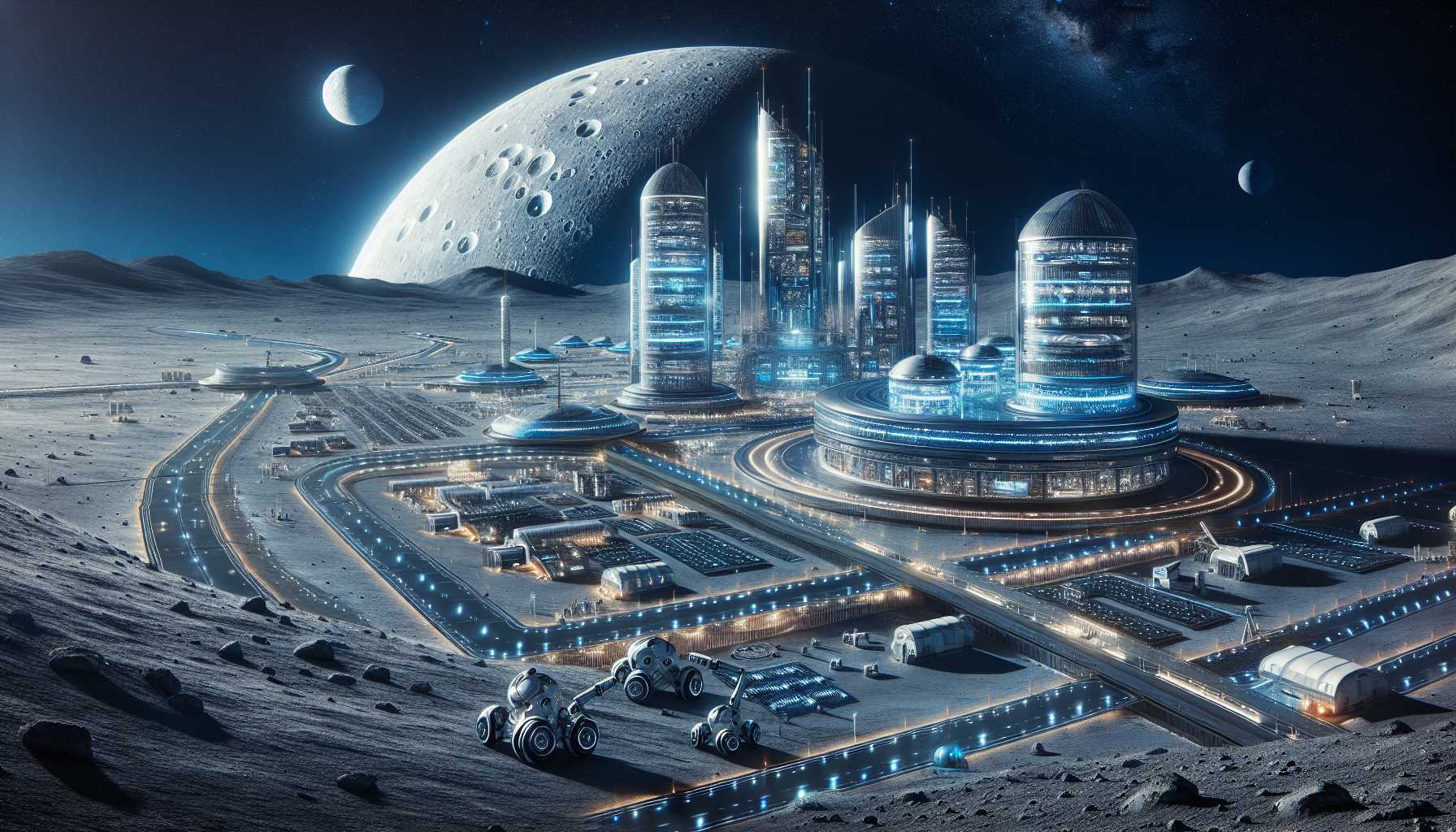Intuitive Machines: A Rising Star in Lunar Exploration
Intuitive Machines is fast carving out a niche in the evolving landscape of lunar exploration. Based in Houston, Texas, the company was founded in 2013 with a vision to become the go-to courier for lunar endeavors, focusing on lunar exploration, communication, and delivery solutions.
Recently, the company achieved a significant milestone by successfully landing its uncrewed Nova-C lunar lander, Odysseus, on the Moon’s southern polar region—a feat that marks the first U.S. soft landing on the Moon since Apollo 17 in 1972. The IM-1 mission, despite facing challenges such as a malfunctioning landing laser and a busted leg, claimed several significant accomplishments. In doing so, Intuitive Machines outperformed its main competitor, Astrobotic, whose Peregrine lander failed to reach its lunar destination earlier this year. This success sets the stage for an exciting future, with plans for the larger Nova-D lander and numerous missions that promise to reshape our understanding and utilization of the Moon.
The Evolution of Tim Crain: From NASA to Intuitive Machines
Tim Crain, the Chief Technical Officer of Intuitive Machines, has an extensive and dynamic background in aerospace. After earning a PhD from the University of Texas at Austin, Crain dedicated 13 years to NASA’s Johnson Space Center, contributing to cutting-edge aerospace science and working on pivotal projects such as human Mars missions, automated rendezvous and docking precision, and autonomous lunar landings. This experience profoundly influenced Crain’s approach to innovation. His role in the Morpheus project, involving a liquid oxygen and methane lunar lander, emphasized rapid innovation within a small team environment. These early experiences set the stage for Crain’s decision to co-found Intuitive Machines alongside Stephen Altemus and Kam Ghaffarian in 2013.
Pioneering New Frontiers with NASA Partnerships and Agile Teams
Intuitive Machines’ shift back to space exploration was marked by its inclusion in NASA’s Commercial Lunar Payload Services (CLPS) program in 2018. Armed with a $2.6 billion contract, the company pivoted exclusively towards space, culminating in the historic lunar landing earlier this year.
Innovation thrives at Intuitive Machines through a balance of in-house creativity and strategic external collaborations. Embracing the old NASA credo of “trust but verify,” Crain emphasizes integrity in problem-solving, fostering a collaborative environment where solutions are collectively refined. This approach was evidenced when a young computer scientist’s advanced image processing techniques significantly contributed to the success of the lunar landing.
A Vision for Lunar Infrastructure and Future Missions
Intuitive Machines is on a mission to develop sustainable lunar infrastructure. The upcoming Nova-D lander will deliver larger payloads to the Moon, enabling the construction of long-term lunar facilities. Additionally, the company plans to deploy a constellation of communication satellites in lunar orbit and land a 1.5-metric-ton lunar rover for NASA’s Artemis program.
Crain envisions Intuitive Machines as a space infrastructure company, streamlining complex spacecraft operations to allow clients to focus on specialized tasks. This forward-thinking approach reflects an adaptable attitude towards future developments, such as SpaceX’s Starship, which he views as an enhancement rather than a threat to their business model.
Leveraging AI and Robotics for Lunar Operations
Intuitive Machines is at the forefront of integrating artificial intelligence (AI) and machine learning into aerospace operations. These technologies help sift through vast datasets from missions, identifying critical anomalies and improving overall efficiency. Moreover, the company is exploring advanced data systems like edge computing and orbiting servers to handle and process data directly on-site.
Crain highlighted the potential of their Lunar Terrain Vehicle (LTV), drawing a parallel to a versatile farm tractor capable of various tasks, from hauling to operating as a mobile platform for a small nuclear power station. This adaptability is crucial for creating durable infrastructure on the Moon that can withstand its harsh environment.
The Future is Lunar
Incorporating robotics and autonomous systems is central to Intuitive Machines’ strategy for building and maintaining lunar infrastructure. Robotic systems can pre-construct and maintain facilities before human astronauts arrive, marking a shift towards more autonomous and preparatory missions.
Reflecting on the broader perspective, Crain acknowledges the challenges but remains optimistic about the future. The pace at which lunar exploration technology is advancing suggests that humans will inhabit the Moon within his career—a vision becoming increasingly tangible with companies like Intuitive Machines leading the charge.

